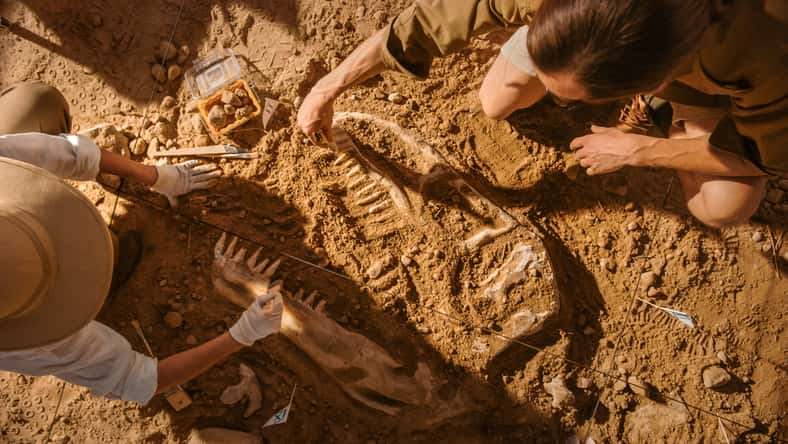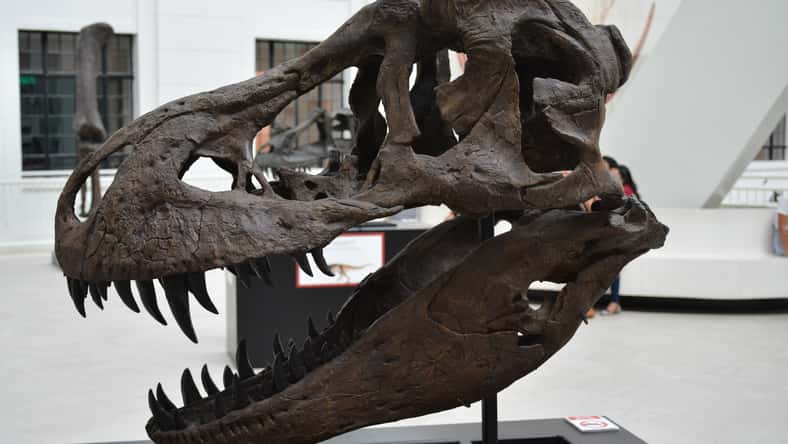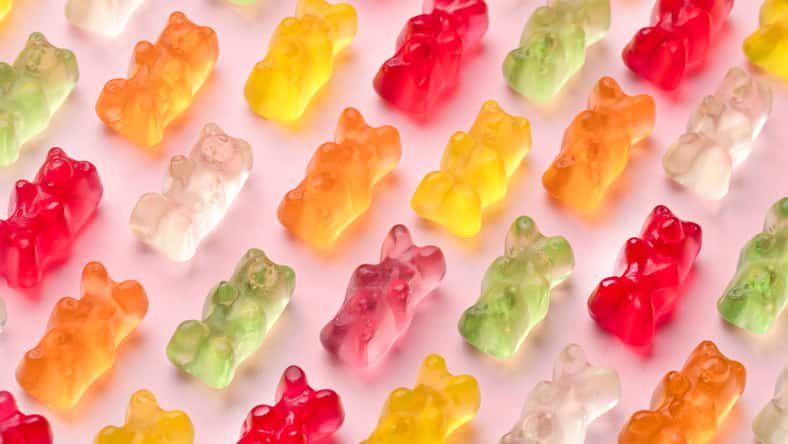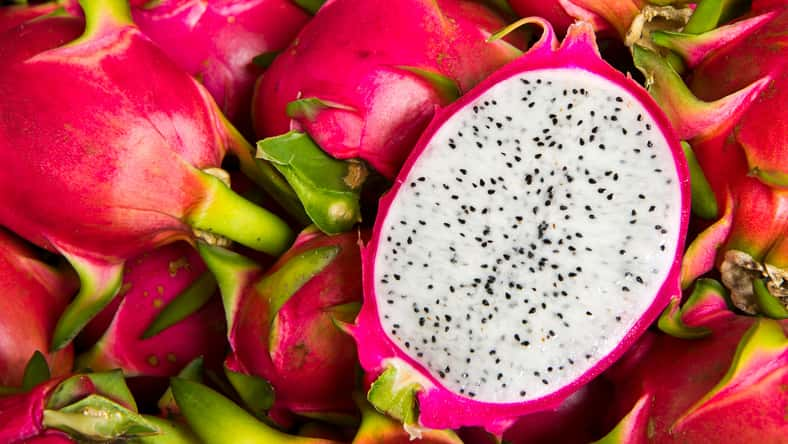
Generally, solid evidence of the diet of dinosaurs is hard to come by, as it rarely shows up in the fossil record.
Recently, for the first time ever, researchers found the remains of a young tyrannosaur’s last two meals perfectly preserved in its stomach cavity.
The fossilized Gorgosaurus skeleton was discovered at the Dinosaur Park Formation in Alberta, Canada.
At the time of its death, the tyrannosaur would have weighed about 772 pounds and measured 13 feet in length. It was between the ages of five and seven.
According to a paleontologist at the University of Calgary, Darla Zelenitsky, the creature’s last meals consisted of the hind legs of small birdlike dinosaurs called Citipes.
“The juvenile tyrannosaur just ripped the legs off and swallowed them whole; that’s what it looks like,” said Zelenitsky.
The unlucky dinosaurs would have been younger than a year old when the tyrannosaur hunted them down.
Varying levels of digestion on the surfaces of each pair of legs show that they were eaten at different times that could’ve been hours or days apart.
The unique find has allowed scientists to confirm a long-held belief about the shift in dietary patterns of large, predatory dinosaurs throughout various stages of their life spans.

“This predator-prey association provides direct evidence of an ontogenetic dietary shift in tyrannosaurids. Juvenile individuals may have hunted small and young dinosaurs until they reached a size when to satisfy energy requirements, they transitioned to feeding on dinosaurian megaherbivores,” wrote Zelenitsky and her co-authors in a study published in the journal Science Advances.
In other words, young, agile tyrannosaurs were able to successfully hunt down and subsist on smaller prey like the Citipes.
But once the tyrannosaurs became full-grown adults, they would go after herbivorous dinosaurs that matched them in size.
“It’s the first evidence that we have that tyrannosaurs drastically changed their diet as they grew from teens to adults, which has long been suspected based on their skeletons,” said Zelenitsky.
With their wide, massive skulls and huge teeth, adult tyrannosaurs had the power to chomp through bone.
But baby tyrannosaurs were a lot smaller and had not yet developed that kind of strength. At the beginning of their lives, tyrannosaurs have speed and agility on their side. Their narrower skulls and smaller pointy teeth were more suited for catching smaller prey.
Of course, adult tyrannosaurs could chase down that same smaller prey, but for them, it likely wouldn’t have been worth the energy they needed to exert in order to catch them.
The new find shows what other means of analysis couldn’t. Since researchers typically don’t have the benefit of stomach contents to learn about tyrannosaur diets, they’ve had to gain insight into their appetites through teeth marks, wounds, and dinosaur droppings. But these methods only revealed so much.
Now, scientists know that young tyrannosaurs did not just feast on different animals than adults, but they also fed differently as a whole.
Sign up for Chip Chick’s newsletter and get stories like this delivered to your inbox.












